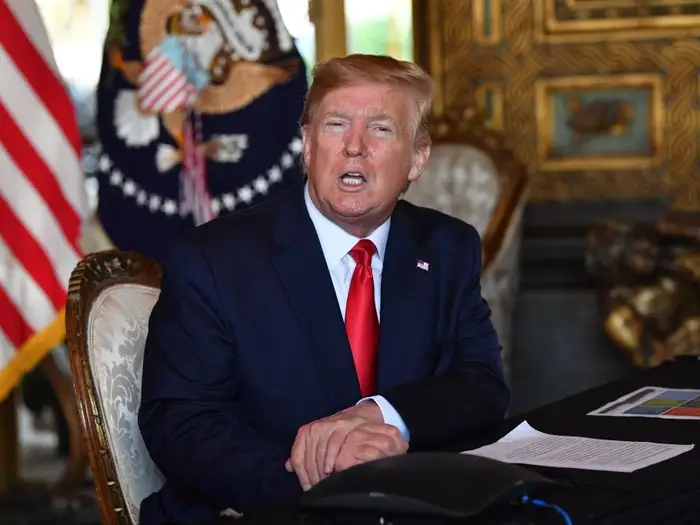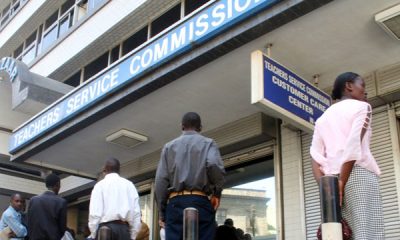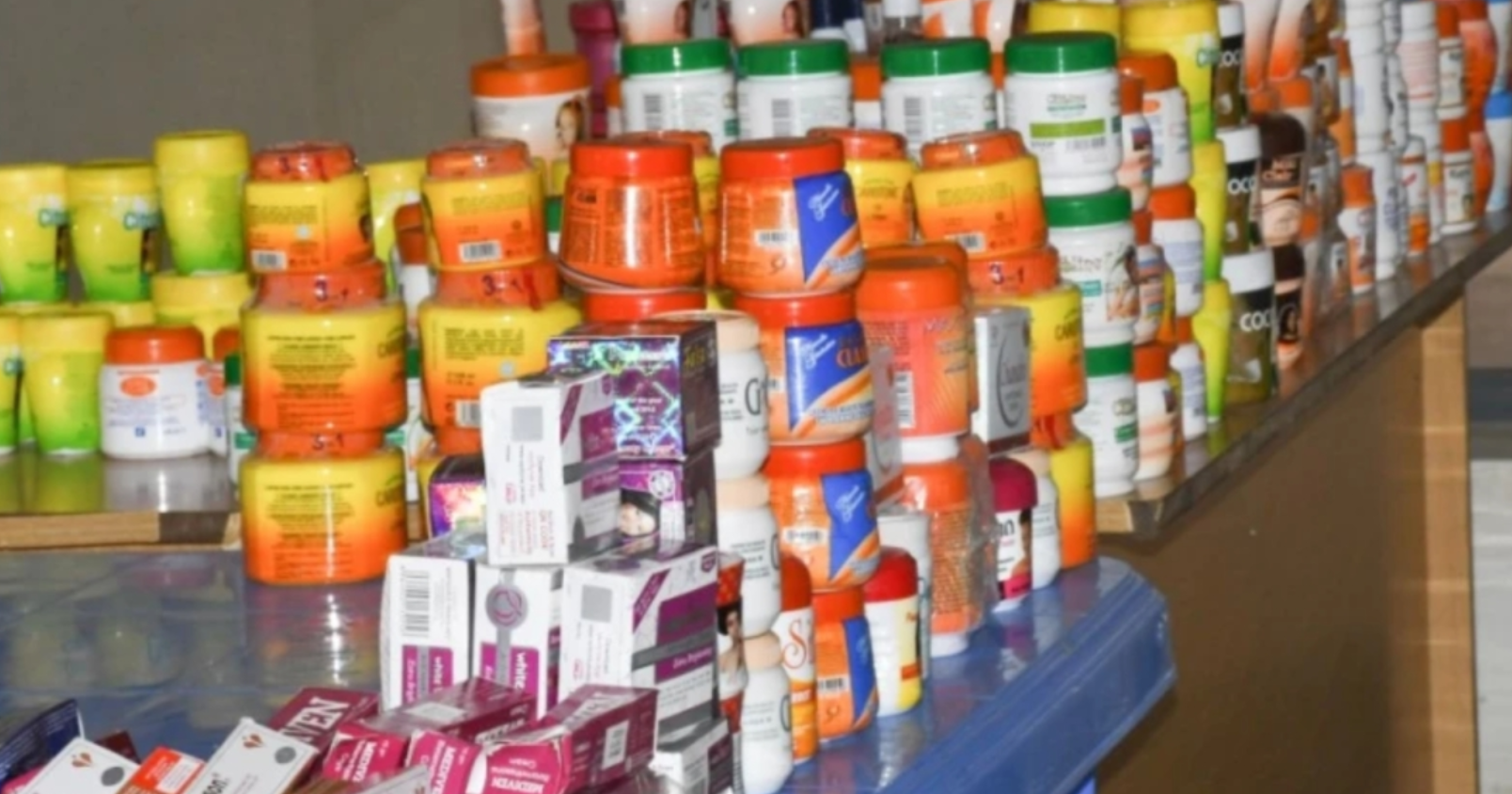Investigations
US Shames Kenya as Counterfeit Products Haven, Threatening Lives and Trade

Kenya is once again under the global spotlight for all the wrong reasons. The 2025 Special 301 Report by the US Trade Representative has listed Kenya as a haven for counterfeit goods, raising alarm about the country’s weak enforcement of intellectual property rights.
From fake medicines to counterfeit auto parts, Kenya has become a key transit point and dumping ground for substandard and dangerous products.
This damning report not only hurts Kenya’s credibility but also threatens investor confidence, public safety, and the country’s aspirations to become a regional trade and innovation hub.
Kenya’s Weak Grip on Counterfeit Products
The United States government has accused Kenya of being one of the most notorious countries allowing counterfeit products to circulate freely in its markets.
According to the recently released 2025 Special 301 Report, Kenya’s failure to implement strong intellectual property (IP) laws has made it a soft target for criminal networks flooding the country with fake goods.
The report reveals that Kenya continues to suffer from weak institutional enforcement. While authorities such as the Anti-Counterfeit Authority (ACA) are in place, their efforts are described as fragmented and inconsistent.
There are seizures, yes. Arrests are made. But the counterfeit industry in Kenya remains deeply rooted and lucrative.
Kenya now finds itself grouped with countries like Nigeria, Paraguay, and Russia—nations already flagged for rampant IP abuse. It’s a damning blow to Kenya’s image as a fast-growing economy and a destination for innovation and investment.
What’s even more worrying is the type of counterfeit products penetrating the Kenyan market. We’re not just talking about cheap fake sneakers or knockoff perfumes.
The report names semiconductors, medicines, chemicals, aircraft parts, and even baby toys as items that are being counterfeited and sold in Kenya. These aren’t just economic threats—they’re public safety time bombs.
The Countries Flooding Kenyan Market With Fake Products
Countries of origin for these fake goods include China, India, Singapore, Vietnam, and the UAE. These items often find their way into Kenya through direct purchases or transshipment hubs. Kenya then becomes a distribution point for counterfeit goods in the wider African region.
The US report also criticized Kenya’s dysfunctional copyright systems. It stated that Kenya, along with India and Nigeria, had some of the worst-performing Collective Management Organisations (CMOs).
These are the bodies supposed to protect artists and content creators by collecting royalties. But instead, they leave many in confusion and financial uncertainty due to mismanagement and unclear structures.

No serious investor wants to risk entering a market where intellectual property isn’t protected and where fake goods threaten supply chains. [Image: Screenshot]
Counterfeit Products Kenya Is Failing to Contain
Kenya’s Anti-Counterfeit Authority (ACA) may be making noise about raids and seizures, but the figures speak louder. Despite high-profile operations against fake fertilizers and pesticides, counterfeit products are still flooding supermarkets, pharmacies, and garages.
Why? Because the root of the problem lies in poor border control, weak penalties, and rampant corruption. Even when counterfeit goods are seized, the supply chain remains intact. Arrested suspects often walk free due to poor case handling or bribes.
And the courts? Slow, overloaded, and often indifferent. It’s a system built to fail. Meanwhile, genuine businesses suffer. Local manufacturers are driven out of the market by cheap fakes.
Consumers are exposed to health hazards, especially from fake drugs and contaminated food products. Yet, the government continues to treat the issue as a low-priority problem.
This complacency is now costing Kenya its global reputation. Investors are wary. Foreign partners are concerned. And local innovators feel abandoned.
Kenya Risks Becoming Africa’s Counterfeit Hub
The US report’s classification of Kenya as a counterfeit-friendly nation signals more than just embarrassment—it comes with economic consequences. It could lead to trade restrictions, investor withdrawal, and increased scrutiny from international markets.
No serious investor wants to risk entering a market where intellectual property isn’t protected and where fake goods threaten supply chains.
And as more Asian countries increase their counterfeit exports, Kenya’s strategic location makes it an easy target. Fake goods land in Mombasa or Nairobi and are shipped to Uganda, Rwanda, and Tanzania. Kenya is being used—and it’s not fighting back hard enough.
The Anti-Counterfeit Authority cannot do it alone. What Kenya needs is a total overhaul of its enforcement systems, stronger IP laws, and serious political will.
Until then, counterfeit products in Kenya will remain a growing cancer, threatening lives, businesses, and the country’s standing on the world stage.
Wrapping Up …..
Kenya cannot afford to brush off the US government’s damning report. It’s a wake-up call. The time for weak enforcement and endless press statements is over.
Real change requires political muscle, funding, and coordination. If Kenya wants to clean up its markets, protect its citizens, and reclaim its reputation, it must declare war on counterfeits now—before it’s too late.
Kenya Insights allows guest blogging, if you want to be published on Kenya’s most authoritative and accurate blog, have an expose, news TIPS, story angles, human interest stories, drop us an email on [email protected] or via Telegram
-

 News2 weeks ago
News2 weeks agoKenyan Driver Hospitalized After Dubai Assault for Rejecting Gay Advances, Passport Seized as Authorities Remain Silent
-

 Investigations1 week ago
Investigations1 week agoMoney Bior, Lawyer Stephen Ndeda Among 18 Accused Of Running An International Fraud Ring Involved With Scamming American Investor Sh500 Million
-

 Investigations1 week ago
Investigations1 week agoNestlé Accused of Risking Babies’ Health in Africa with ‘Toxic’ Cerelac Product Sold Highest in Kenya
-

 News2 weeks ago
News2 weeks agoTSC Announces Major Policy Shift To End Transfer Of Promoted Teachers
-

 Investigations4 days ago
Investigations4 days agoHow Land Grabbing Cartels Have Captured Ardhi House
-

 News1 week ago
News1 week ago48-Year-Old Woman Who Pushed 25-Year-Old Boyfriend To Death From 14th Floor Kilimani Apartment Arrested
-

 Investigations1 week ago
Investigations1 week agoKDC Rocked With Fresh Sh500 Million Tender Scam
-

 Grapevine1 week ago
Grapevine1 week agoMP Anthony Kibagendi Assault and Injures Kisii Man He Accuses Of Sleeping With One Of His Girlfriends

















